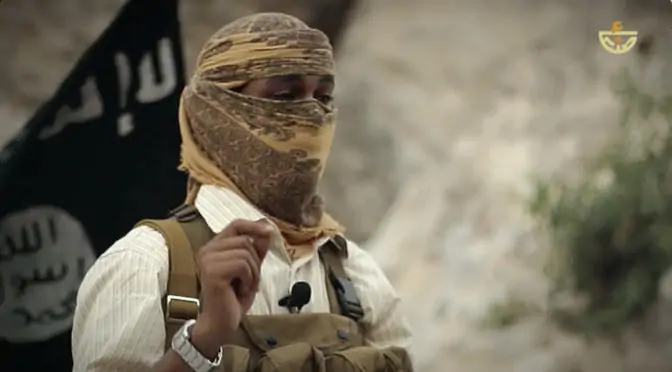When we started our series to better understand the Islamic State system, we identified the wilayat (“what is taken charge of”, “what is ruled”) as unit of analysis and as a system, which can then be monitored to foresee and warn about the overall developments of the Islamic State (see Understanding the Islamic State’s System – Structure and Wilayat, 4 May 2015). Since then, evolution has taken place on the ground, while the body of knowledge gathered by students of the Islamic State has grown. This is notably the case for Yemen. Back in May 2015, our understanding, grounded in the evidence available then, was that there was one wilayat in Yemen, wilayat Sanaa, loosely categorised as part of those wilayat where fighting was preeminent and only extremely …
Continue reading “Understanding the Islamic State’s System – Wilayat and Wali in Yemen”











